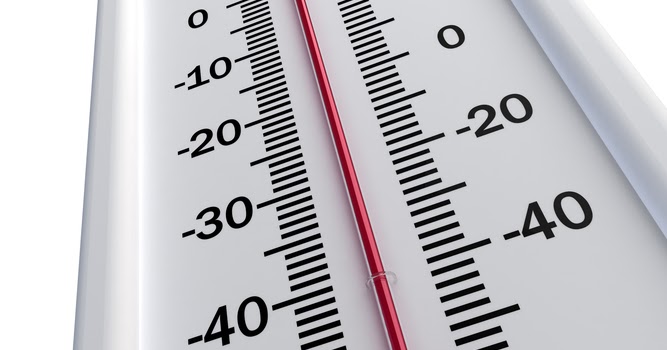Keep Your Koi Pond Safe and Healthy this Winter: Tips for Managing Water Temperature
Introduction
Koi fish are a popular addition to any backyard pond, bringing color, life, and a sense of tranquility to your outdoor space. However, as winter approaches, it’s important to take precautions to ensure your fish survive through the colder months. One of the most important factors for koi health in the winter is water temperature. In this article, we’ll explore how to manage the temperature of your koi pond during the winter and keep your fish happy and healthy.
Why Is Water Temperature Important for Koi Fish in Winter?
In the wild, koi carp (Cyprinus carpio) are able to survive the colder winter months by living in deep ponds and rivers, where the water temperature remains relatively stable. However, in a backyard koi pond, the water temperature can fluctuate much more easily, particularly in areas with extreme temperature changes. If the water temperature becomes too cold, it can slow down the metabolism of koi fish, making them more susceptible to illness and infection.

What Is the Ideal Water Temperature for Koi Fish?
While koi fish can tolerate some fluctuation in water temperature, it’s important to keep the water within a certain range. Ideally, the water temperature in a koi pond should be between 55 to 70 degrees Fahrenheit during the winter months. If the temperature drops below this range, the fish can become stressed and more vulnerable to disease. If the temperature climbs above this range, it can cause algae blooms and other issues in the pond.
Tips for Managing Water Temperature in Your Koi Pond
1. Invest in a Pond Heater or Deicer
One of the easiest ways to manage the temperature of your koi pond during the winter is to invest in a pond heater or deicer. These devices can regulate the water temperature and ensure that the pond doesn’t freeze over, allowing oxygen exchange to continue. A pond heater keeps the water warm by heating it with an electric element, while a deicer works by creating a small hole in the ice to allow gases to escape. For best results, position the heater or deicer near the pump or filter to ensure even heat distribution.
2. Keep Your Pump and Filter Running
In addition to a pond heater or deicer, it’s important to keep your pond pump and filter running during the winter months. This ensures proper circulation of the water, which in turn helps to regulate the temperature and prevent stagnant water from becoming an issue. Additionally, running your pump and filter can help prevent ice dams from forming, which can cause damage to the edges of the pond.
3. Create a Sheltered Area for Your Fish
During colder months, it can be a good idea to provide your koi fish with a sheltered area where they can escape the colder temperatures. This can be a simple floating tent or a custom-built cave in the pond. Additionally, adding plants to the pond can provide shade and help regulate the temperature of the water.
4. Monitor Water Temperature Regularly
Finally, it’s important to monitor the temperature of your koi pond regularly during the winter months. This can be done using a pond thermometer or an aquarium thermometer. If the temperature drops too low, take action to warm the water quickly to prevent undue stress on your fish.
Conclusion
Maintaining the right water temperature in your koi pond during the winter can mean the difference between healthy, happy fish and sick, stressed fish. By investing in a pond heater or deicer, keeping your pump and filter running, providing sheltered areas for your fish, and monitoring the water temperature regularly, you can keep your koi pond safe and healthy through even the coldest months of the year.